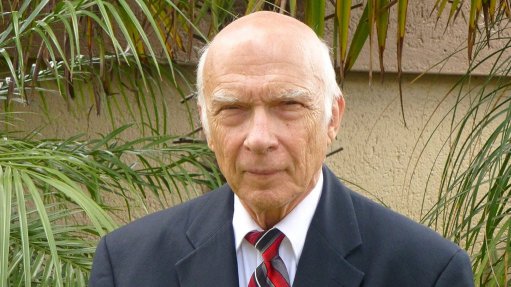
Systems using direct current (dc) supply cables to alternating current (ac) variable- frequency drives that power conveyors and mining vehicles use less power than systems using ac supply cables, while torque sharing between the ac motors reduces the wear on shuttle cars and conveyor belts, says US equipment distributor Saminco CEO Bonne Posma.
Shuttle cars and scoops powered by dc electricity can replace motive power for under- ground diesel-powered rubber-tyre vehicles and help mines to save energy used for ventilation, as well as reduce the emissions of hazardous particulates and carbon monoxide and the need to replace dust filters frequently.
Further, the use of ac variable-speed drives and Saminco’s intelligent torque sharing between the traction motors on conveyor drives significantly reduce the wear on conveyor belts.
“Our electronic differential control for under- ground rubber-tyre vehicles, such as shuttle cars, ensures that the torque on all the wheels remains the same, enabling the cars to corner quickly and in tight spaces. This differential control also reduces the wear on the gearboxes and special tyres of the cars, improving the productivity of the vehicles.”
Further, using dc supply cables means that longer cables can be used to supply power to the electric motors.
“There are increasing demands for more powerful underground production vehicles, owing to the size of coal mining operations in the country. To date, power supply was limited by the size of the cables used to supply ac to equipment as well as the voltage on the cable, which is limited for safety reasons. However, dc cables can supply more power than ac cables of the same size.”
Saminco reports good demand for its products in South Africa for coal mining and gold mining operations.
Further, there may be large coal reserves in Botswana, improving the long-term outlook for the region’s coal mining industry, concludes Posma.